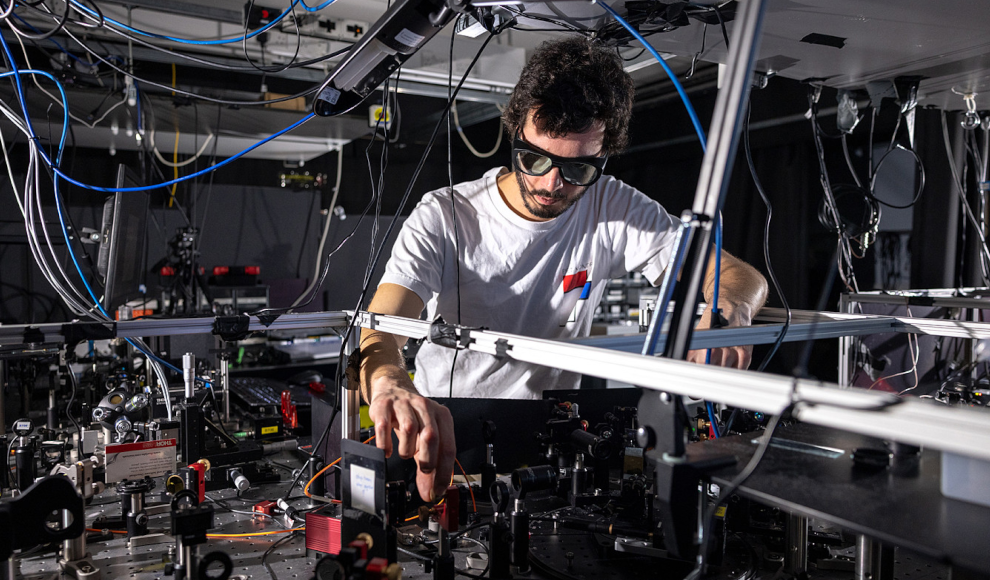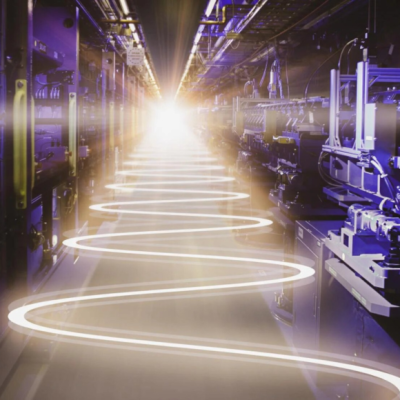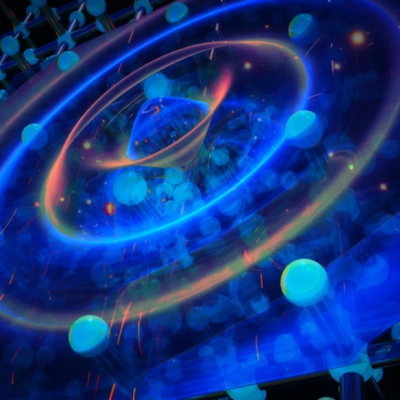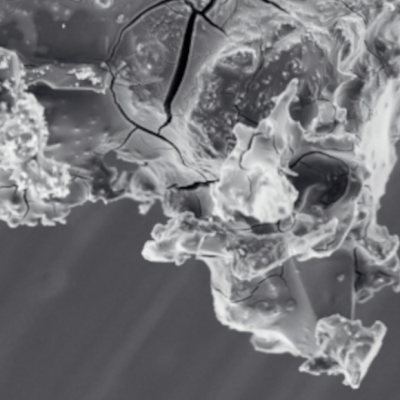Physicists at Imperial College London have conducted a double-slit experiment using temporal instead of spatial slits. By spreading the frequencies of the light beam, interference patterns were created in the color spectrum. The double-slit experiment with two spatial slits is one of the most well-known experiments in physics. A beam of atoms, photons, or electrons is directed at a screen with two slits. A detector behind the screen detects a pattern of dark and light stripes, showing that particles are waves that can cancel out or reinforce each other. The physicists at Imperial College London have now conducted a double-slit experiment in time instead of space. According to their publication in the journal Nature Physics, a light beam passes through a single slit that opens and closes within a few hundred femtoseconds, creating two temporally separated slits.
To open and close the slit in a few hundred femtoseconds, the physicists used the semiconductor material indium tin oxide (ITO). This material can change its reflection by supplying energy, such as short laser pulses, and switch from a highly reflective, almost opaque state to an almost transparent state. The scientists exposed the initially transparent ITO to infrared radiation with a wavelength of 1,300 nanometers, which was directed at the material at an angle of 60 degrees. A detector detected the light reflected at an opposite angle of 60 degrees. Mostly, only a small amount of radiation was detected because the semiconductor material is transparent. Only during the two short phases, called slit phases, did the ITO reflect the incoming radiation. In the double-slit experiment with spatial slits, the distribution of radiation changes. In contrast, the double-slit experiment conducted in the temporal dimension changes the frequency, causing the light to be spread into different wavelengths. Therefore, radiation with a significantly wider frequency range hits the detector.
The temporal double-slit changes the color of the light, creating different colored light waves that interact with each other. The interference amplifies some wavelengths while dampening or canceling others. Therefore, instead of a pattern of bright and dark areas, a palette of frequency oscillations is created at the detector. The temporal double-slit experiment reveals more about the fundamental nature of light and can serve as a stepping stone for the development of materials that control light in space and time.










